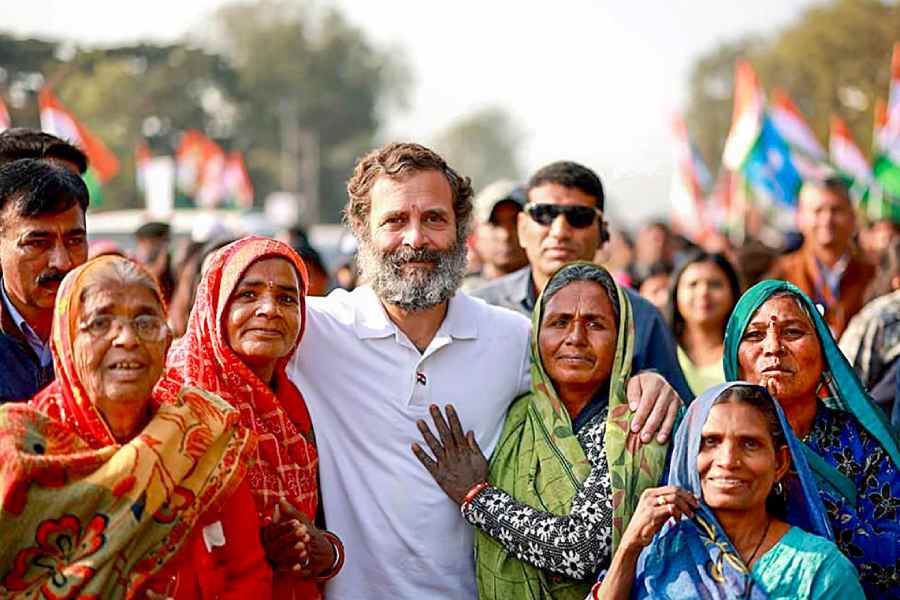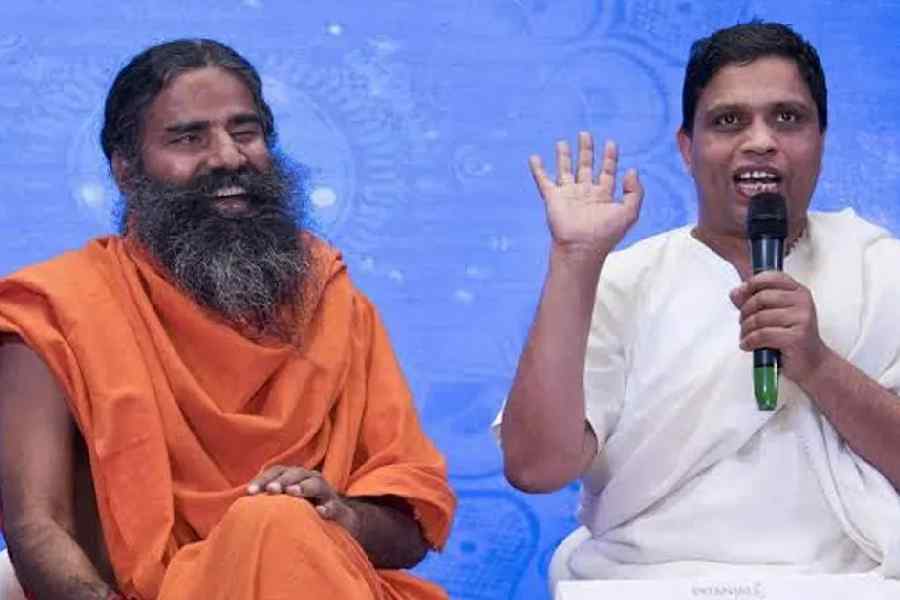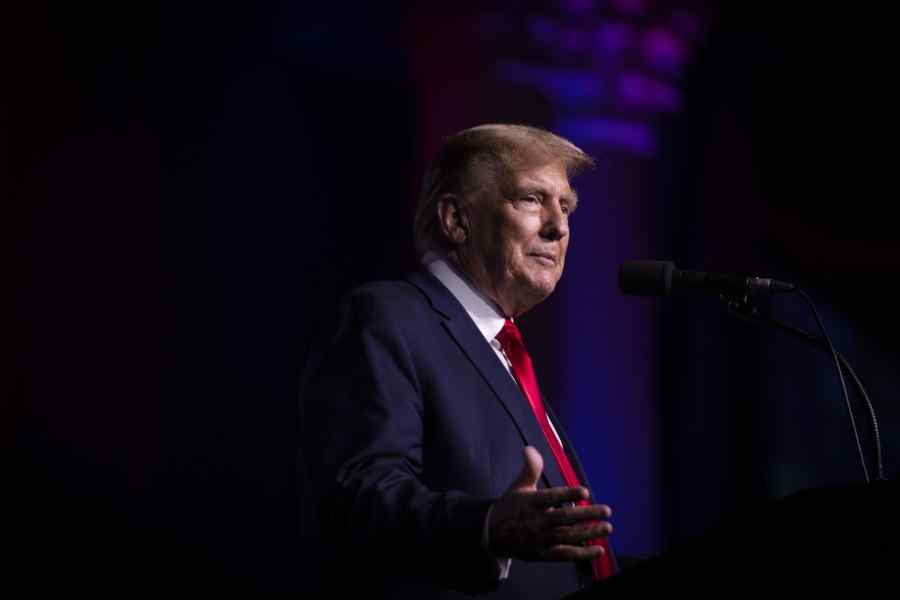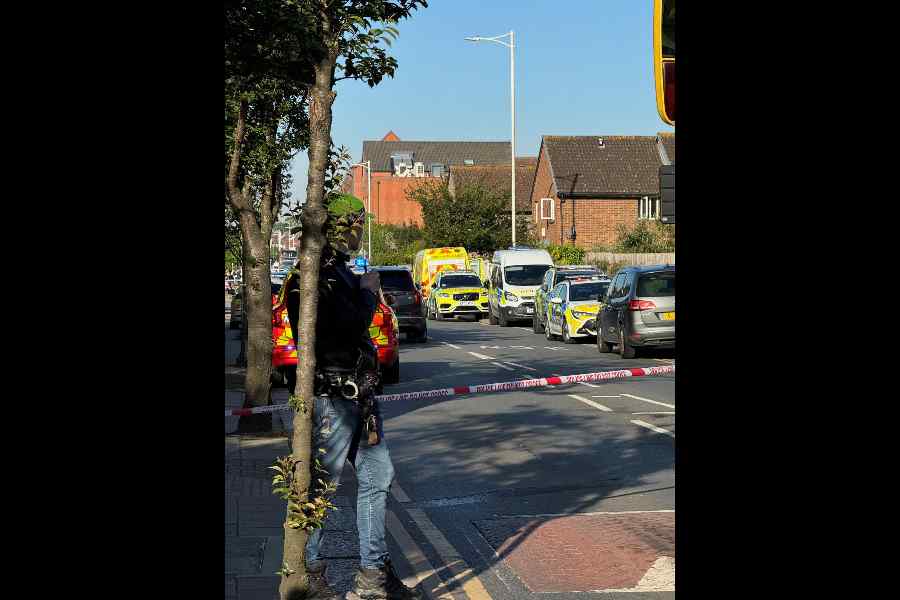As a young journalist working for a weekly newspaper in the early 1990s, I did an interview with Harkishan Singh Surjeet, the leader of the Communist Party of India (Marxist) and one of the most influential politicians at that time. I was curious to know his views on the future of progressive politics in the Hindi-speaking states where the Bharatiya Janata Party had already become a powerful political entity. Surjeet did not give a politically-correct reply. Accepting the ever-declining influence of the Left parties, he made a very insightful comment. He said that the Left parties and progressive groups were not sufficiently involved in social action activities at the grassroots level. As a result, the politics of protests and demonstrations, which were intrinsic to progressive politics, had eventually become episodic and unconvincing. According to Surjeet, this would have a direct impact on electoral mobilisation as well.
Surjeet’s critical comments have a wider relevance. The political parties still organise protests, demonstrations, rallies, road shows and yatras to assert themselves in public life. But these forms of collective action are now reduced entirely to electoral politics. In fact, a new form of counter-protest has emerged in recent years, where protests are organised against an ongoing protest. The demonstrations led by a section of pro-BJP groups in support of the Citizenship (Amendment) Act, 2019 are a good example in this regard. The idea of protest as a political technique in this sense has somehow become contested.
It is important to remember that the political parties did not emerge entirely as electoral entities in colonial India. The British State, no doubt, expressed its commitment to responsive government and fair representation of communities/interest groups. Yet, the expected role of a political association was to advise the colonial State to function smoothly. The initial growth of the Congress, the Muslim League and the Hindu Mahasabha demonstrates this trajectory. The rise of nationalism in the first decade of the 20th century encouraged political groups to invent new political techniques to assert their demands. At the same time, there was a need to have broad-based mass mobilisation. In this context, public protest as a form of political action came into existence.
It was M.K. Gandhi who introduced the idea of satyagraha to make the notion of protest more meaningful and effective. Protest in the Gandhian schema had at least three dimensions: purpose; commitment; and effect. Gandhi made it clear that protest should have a purpose. This means that protest as satyagraha must be carefully organised to assert a thoughtful demand. According to Gandhi, “Satyagraha is never adopted abruptly and never till all other and milder methods have been tried” (Young India, January 14, 1926). Gandhi was equally concerned about commitment-building. He asked an individual satyagrahi to rethink his/her association with the larger cause. Finally, Gandhi was keen on building public opinion before organising any big protest. That was one of the reasons why Gandhian protests were deeply linked to his social action. The recent work of the Gandhian scholar, Dhanajay Rai, on Gandhi’s ‘Constructive Programme’ is very relevant to understanding Gandhi’s redefinition of protest politics.
The Gandhian influence on forms of collective action continued to survive after Independence. Even though electoral politics emerged as the defining future of the political system in India, political parties did not give up on the idea of social action. In a way, electoral politics was seen merely as a tool to achieve a wider social transformation from a variety of ideological vantage points. This led to the proliferation of a number of social initiatives. Cultural organisations like the Indian People’s Theatre Association and Gandhian movements like bhoodaan functioned as a bridge between political processes and the people at the grassroots. The spread of the Rashtriya Swayamsevak Sangh and the Jamaat-e-Islami in the 1950s and the formation of the Vishwa Hindu Parishad in the later years should also be seen in this political context.
Two crucial developments in the 1970s were very significant in the postcolonial story of protest politics. On the one hand, a new kind of people’s movement emerged in the country. The movements against displacements, Dalit and Adivasi struggles for dignity and equality, and the women’s movement against various forms of patriarchal dominance redefined the nature of protest politics in a significant way. Around the same time, the anti-Emergency protest paved the way for a number of civil liberty organisations to emerge. Jayaprakash Narayan’s famous movement against Indira Gandhi’s authoritarian policies in this sense was a crucial reference point to what the political scientist, Rajni Kothari, calls the “non-party political formations”.
These movements highlighted the fact that the social arena should always be recognised as the site for political negotiations and dialogues. The emphasis on the ‘social’ gave them a tremendous capacity to influence mainstream party politics. The politics of protest also found a new meaning in this phase. Protest became a technique to demonstrate the stated objectives and larger goals of the movement in such a manner that the social segment concerned could adequately be sensitised for mobilisation purposes; at the same time, a direct and clear message could be sent to the political class.
It is worth noting that the VHP began its Ram temple agitation in the early 1980s. The aim was to mobilise Hindus for the construction of a temple on the site of the Babri masjid in Ayodhya to mark the birthplace of Rama. In response to this agitation, a non-party Muslim coalition, the Babri Masjid Movement Coordination Committee, was also formed in 1986. These formations were entirely religion-centric. Unlike other people’s movements, they did not have any clear agenda for wider social transformation. Nevertheless, the spread of these organisations created the possibility for a new form of protest politics based on communal considerations.
The 1990s was a watershed era. A new entity called non-government organisation emerged at the grassroots level which redefined the nature of non-party political formations. The NGOs did not replace the people’s movements; rather, they created and shaped an issue-based and funding-driven discourse in which all the stakeholders had to operate. The outcome of this process was obvious. The people’s movements became ‘sector-oriented’ and somehow deviated from the agenda of wider
social change.
This process had two direct implications. One, the people’s movements lost their mobilisational capabilities. As a result, their protest politics got converted into issue-based demonstrations. Second, this deviation also helped organisations like the VHP to occupy the social arena completely. It is now easier for them to nurture the Hindutva-centric discourse of identity at the grassroots level without facing any ideological resistance. The dominance of Hindutva politics at the social level has helped the BJP communicate directly with various segments of society. The non-BJP parties do not have that advantage. Rahul Gandhi perhaps is the only Opposition leader who recognises the value of the social arena. His two Bharat Jodo Yatras must be seen as a new beginning. It will be interesting to observe how the outcome of the 2024 election will shape the contours of protest politics in the future.
Hilal Ahmed is Associate Professor, CSDS, New Delhi










